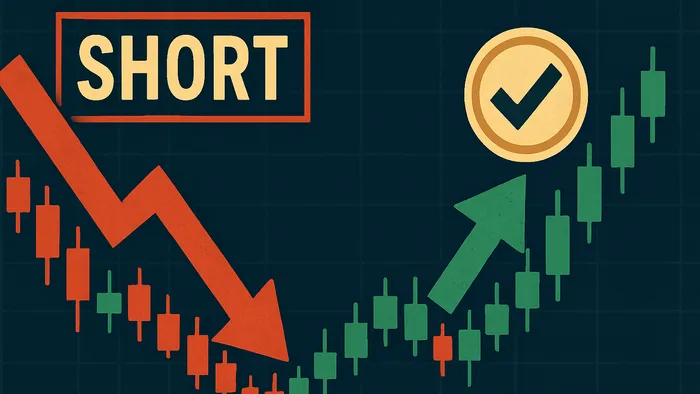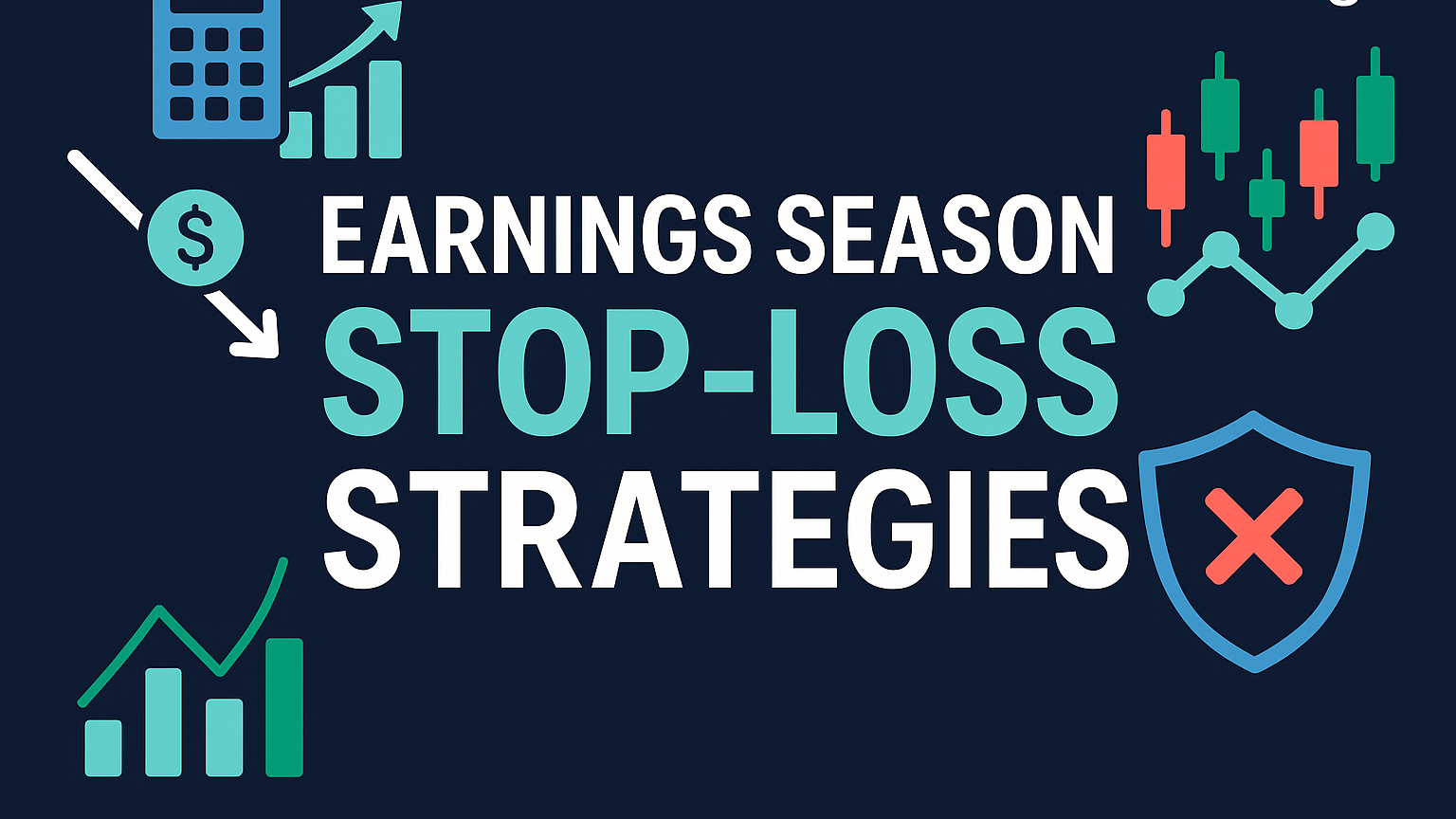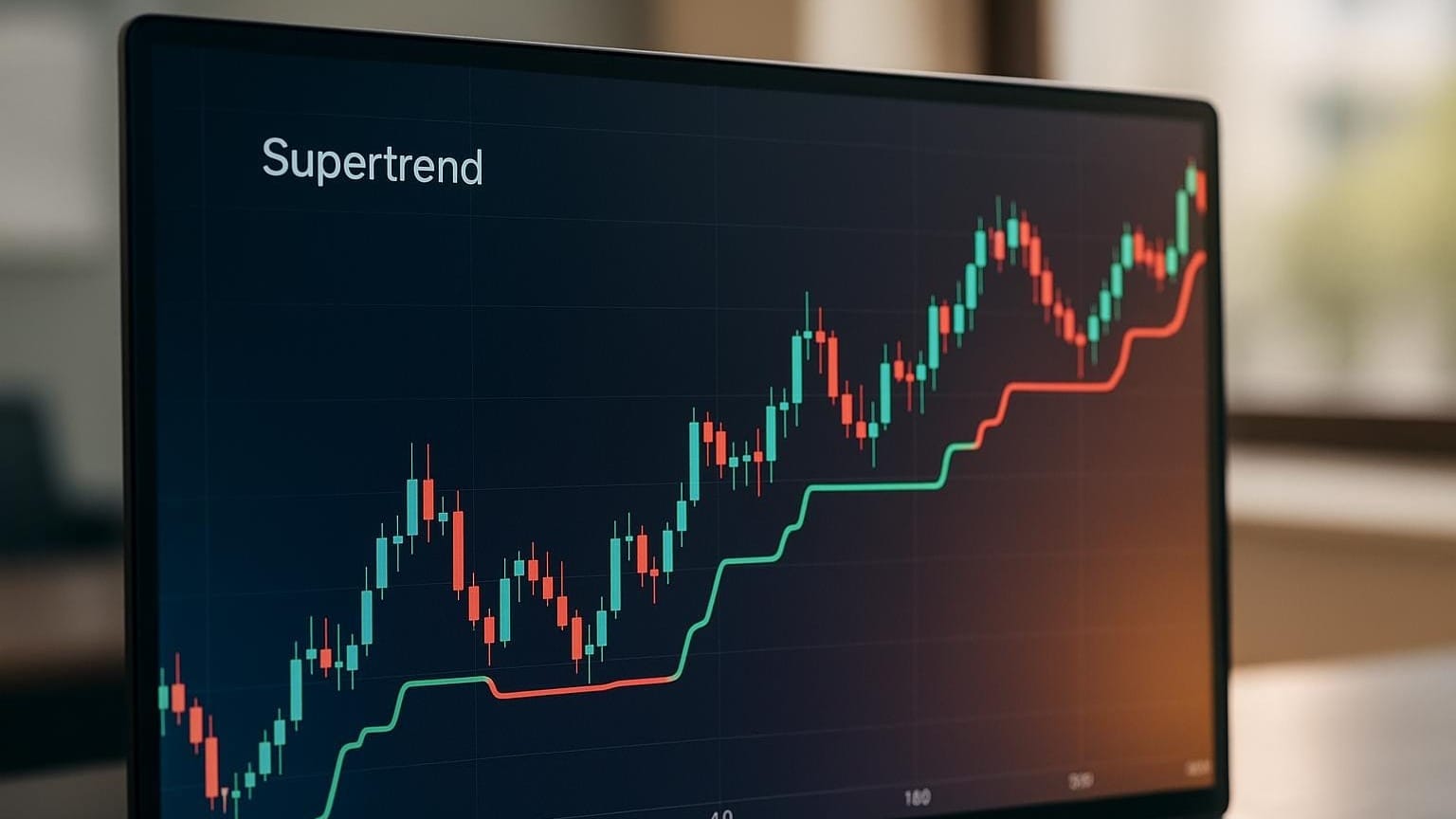Master your short trades with effective buy to close strategies that enhance risk management, protect profits, and ensure precise exits.
Looking to master your short trades? The key lies in using buy to close orders effectively. This order type helps you exit short positions, manage risks, and lock in profits. Here’s what you’ll learn:
- What is Buy to Close? A simple order to repurchase shorted assets, closing your position.
- Why Exit Strategies Matter: Avoid emotional trading, protect your capital, and maximize gains.
- How to Time Exits: Use technical indicators (like moving averages), market news, or Fibonacci Trailing Stop.
- Risk Management Tips: Set stop-losses, calculate position sizes, and adjust for volatility.
- Automated Systems: Utilize conditional orders and automated triggers alongside advanced indicators.
Quick Tip: Combining technical analysis with automated systems can refine your exit strategies and help you trade smarter. Ready to dive in? Let’s explore how to trade with precision and confidence.
How to Close Options - Understanding Buy To Close / Sell to Close
Using Buy to Close Orders
Timing buy to close orders can make or break your success in short trading. Getting the timing right impacts not only individual trades but also your overall portfolio.
Technical Signals for Exit Points
Technical indicators are your go-to resources for identifying when to close short positions. Moving averages are especially useful for spotting trends:
| Moving Average Type | Timeframe | Purpose |
|---|---|---|
| Short-term EMA | 20-day | Tracks quick trend shifts |
| Intermediate EMA | 50-day | Captures medium-term momentum |
| Long-term EMA | 200-day | Confirms larger trend changes |
Volume analysis adds another layer of confidence. For example, days with trading volume three times higher than average often indicate a trend reversal. A real-world case: When Netflix (NFLX) showed strong upward momentum, the On-Balance Volume (OBV) also trended upward. Combining these signals with overall market trends helps fine-tune your exit strategy.
Market Events and News Impact
Market events and news can refine your exit timing, complementing technical analysis. Consider:
- Economic reports
- Corporate earnings updates
- Geopolitical events
- Shifts in market sentiment
"It's easy to find positions that match your fundamental or technical criteria, but taking a timely exit requires great skill in our current fast-moving electronic market environment."
Markets trend only about 15–20% of the time, spending the remaining 80–85% in range-bound movements. Recognizing these ranges is key to adjusting your strategy.
Sample Buy to Close Trade
Here’s how you can combine technical and market signals for a well-timed buy to close order:
-
Initial Position Assessment
Use indicators like MACD and RSI. If the RSI crosses above 50, it might be time to exit. -
Exit Signal Confirmation
Look for a failed breakdown—when price briefly dips below support but quickly reverses. This often signals aggressive algorithmic buying and a potential trend shift. -
Order Execution
Execute your buy to close order when multiple signals align: volume spikes, a short-term EMA crossing above the 50-day EMA, and clear reversal candlestick patterns. Always adjust for volatility and the broader market environment.
Buy to Close Methods
Here are key methods to align your buy-to-close strategies with your broader exit plan, no matter the market conditions.
Using Trailing Stops
Trailing stops lock in profits while keeping emotions out of the equation. These orders adjust automatically as the trade moves in your favor, placing a buy-to-close order at a fixed percentage above the asset’s most recent low.
Example: You short at $100 with a 10% trailing stop. If the asset drops to $90, the stop adjusts to $99. If it falls to $80, the stop moves to $88. A reversal that hits the stop closes the position and secures gains.
| Trailing Stop Type | Best Scenario | Suggested Setting |
|---|---|---|
| Percentage-based | Trending markets | 10–15% above recent low |
| Dollar amount | Large positions | $1–5 above recent low, per share |
| Technical indicator | Volatile markets | 2× ATR above recent low |
Partial Position Exits
Closing portions of a short position at different price levels offers:
- Lower Risk: Secures profits incrementally.
- More Flexibility: Frees up margin for other trades.
- Easier Decisions: Managing smaller chunks feels less overwhelming.
Watch volume and price action to identify reversal points for partial exits.
Schedule-Based Exits
When markets are flat or momentum slows, use schedule-based exits to maintain discipline:
- Flat markets over long periods
- Small price changes
- Stops not triggered but performance is poor
Risk Control for Buy to Close
Effective risk control protects your portfolio and ensures your exit strategy holds up.
Stop-Loss Placement
Stop-loss orders limit losses with a predefined exit. Common methods:
| Method | Description | Best Used When |
|---|---|---|
| Percentage | Fixed percentage above entry | Steady trending markets |
| Support Level | Just below recent support | Clear technical levels exist |
| Moving Average | Uses longer-term MA | Following broader trends |
Example: In early 2006, GBP/USD traders used ATR to set stops at 10% of ATR for day trades and 50–100% for swings.
Position Size Calculation
Limit risk to 1–2% of capital. E.g., a $25,000 account with 2% risk allows $500 per trade. If risk per share is $20, position size = $500 ÷ $20 = 25 shares.
Volatility Adjustments
During high volatility:
- Reduce position sizes.
- Adjust stops using ATR.
- Use automated triggers tied to volatility indicators.
Example: When GBP/USD ATR reached 150–180 pips, day traders set stops at 15–18 pips, swing traders at 75–90 pips. Remember stop orders may not execute at exact prices in extreme volatility.
Exit Tools and Software
Modern platforms simplify buy-to-close executions by automating technical and risk management strategies.
Automated Exit Systems
Features include:
- Conditional Orders: Execute exits based on market triggers (e.g., exit if stock falls below key support).
- Dynamic Adjustments: Trailing stops that adapt as price moves.
- OCO Orders: One-Cancels-Other orders let you set profit targets and stop-loss levels simultaneously.
Options Exit Metrics
Advanced platforms show real-time metrics:
- Delta: Directional risk sensitivity.
- Theta: Time decay impact.
- Volatility: Improves exit timing accuracy.
Summary
Key Takeaways
Buy to close orders help traders manage risk, secure profits, and exit short positions precisely.
| Advantage | How It Works | Why It Matters |
|---|---|---|
| Risk Management | Exit shorts before prices climb | Avoid unlimited losses |
| Profit Protection | Close on profit targets | Lock in gains |
| Portfolio Control | Free up capital | Simplify positions |
Action Plan
- Set Up Your Platform: Enable conditional orders and automated triggers.
- Define Risk Limits: Establish position size and stop-loss levels that match your tolerance.
- Analyze the Market: Use technical indicators and monitor news events.








